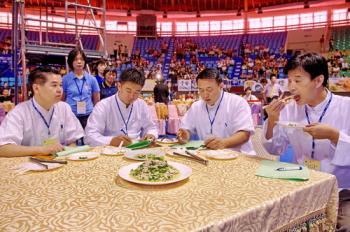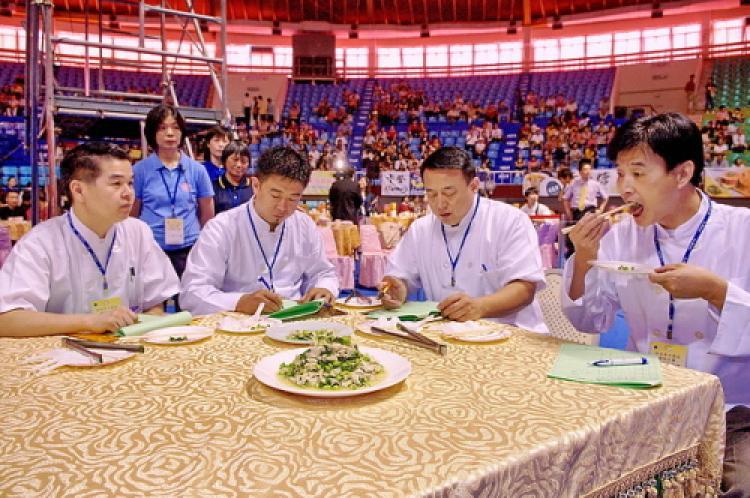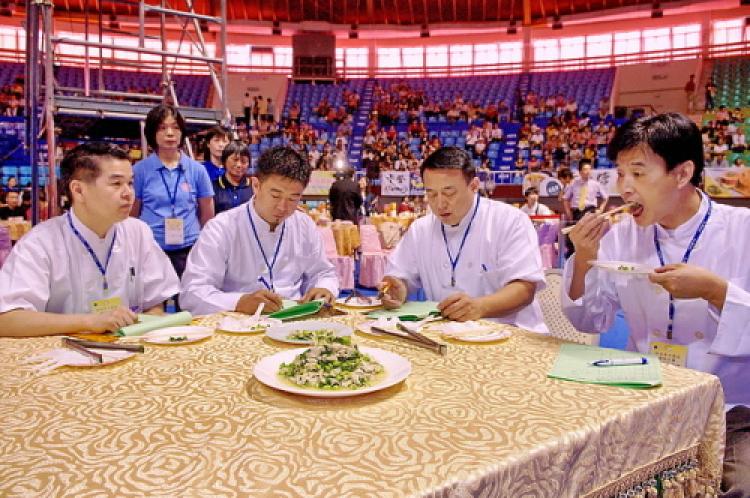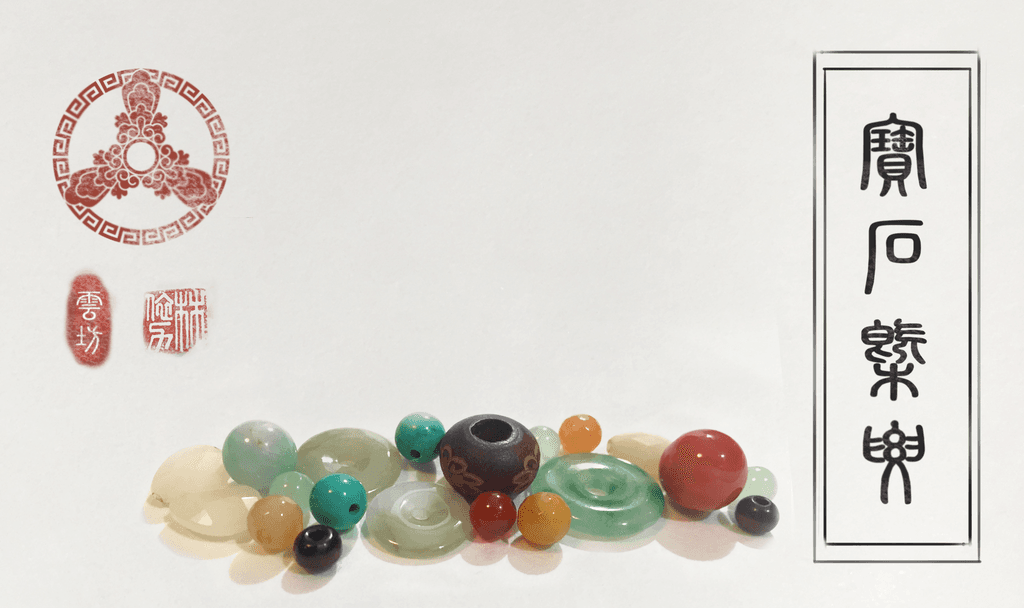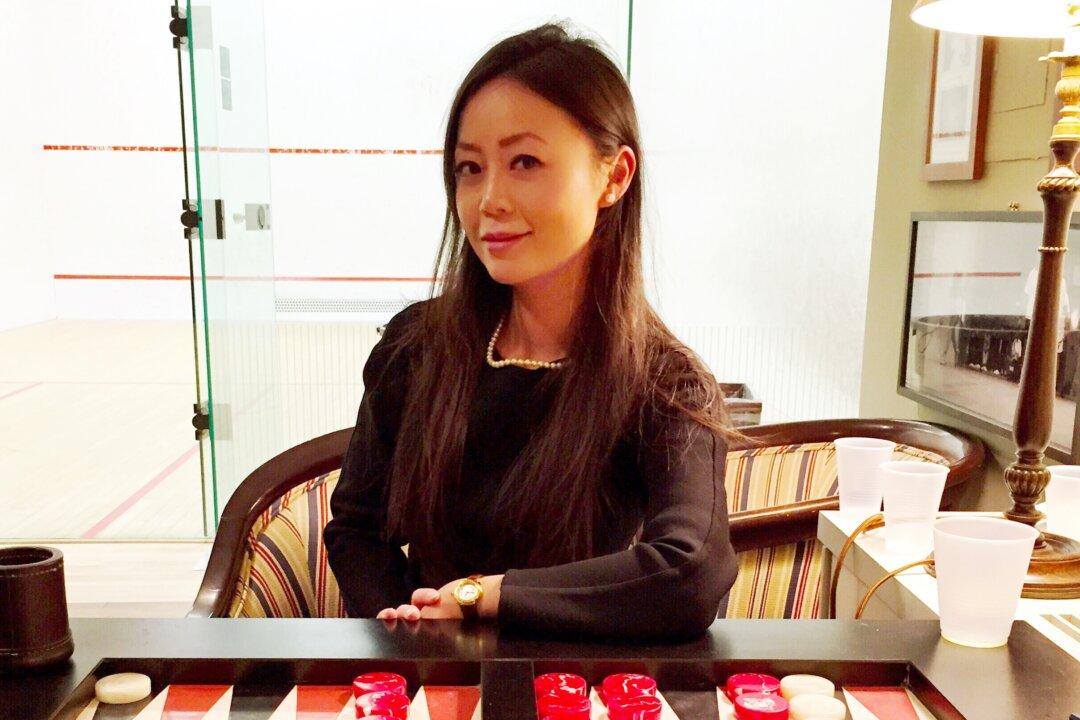Chinese food—chow mein, fried rice, dim sum, sauteed vegetables, MSG, and mystery meat drowned in sauce. Right? Far from it. Not only is today’s Chinese food in the West narrow in scope, but it has deviated in style and substance from its origins.
The overwhelming majority of so-called Chinese restaurants in North America are derived specifically from Cantonese cooking. Dim sum is exclusively Cantonese. Of a culinary tradition that has evolved in diverse geological and cultural settings within China’s borders for over 5,000 years, what we are able to taste now is only an oily drop in a bucket.
Same story with the next most popular regional style, Shanghainese food. Shanghai is only one city on the East coast. Its cookings style, while bearing unique flourishes of its own, is a subset of Huaiyang cuisine, which developed in the area between the Huai and Yangtze rivers on the Eastern seaboard.
The five major regional styles of Chinese food are Sichuan cuisine, Huaiyang cuisine, Cantonese cuisine, Dongbei (Northeastern) cuisine, and Shandong cuisine. All styles adhere to the principles of yin-yang theory in their ingredient selection and preparation methods. In traditional Chinese medicinal manuals, the five colors and five aromas in food correspond to the health of five major bodily organs. Therefore eating certain foods aided the treatment of specific health problems.
“There’s absolutely no Chinese [on the list],” said Lei Xi, producer of the upcoming 2009 New Tang Dynasty Television’s International Chinese Culinary Competition in New York. “Why is Japanese food regarded so highly? It’s because it is somehow matched with Westerners’ understanding of presentation. It’s got small portions, it’s delicate. That style of presentation matches the French high cuisine concept.”
In Chinese food, “presentation” and the cooking process is intimately linked. Take for example stir fries. “After stir fry, how the chef lands the food on the plate is an art in and of itself,” said Xi. “Sometimes they literally throw it. Once it lands on the plate, you can’t touch it. You can’t do what a French chef would do—tweak it or top it with a mint leaf. It has to be eaten right then and there.”
One exception to the Chinese idea of presentation is in cold platters, where finely-sliced food is placed in patterns—and this is where the importance of knife technique comes into full play. Often small carvings of phoenixes and other auspicious creatures are placed on the platter as garnish.
But while appearance is important, Xi warns Chinese chefs against dwelling on the look of a dish. In last year’s Chinese Culinary Competition, contestants brought pre-carved turnips and carrots in the shape of dragons and phoenixes to accompany their entries. This year, the organizers are discouraging contestants from doing so.
“We make very clear in our rules and regulations that if you spend too much time carving, we are deducting points,” said Xi.
“New Tang Dynasty TV is trying to correct the current phenomenon where too much attention is being put into presentation and Western style when they should really be paying attention to the color, aroma, taste, and cut,” Xi said.
The culinary competition will be held at the Light House (Pier 61), Chelsea Piers on Sept. 20 and 21. For more information please see culinary.ntdtv.com/en .
The Slop we Know
What most people in the West know as Chinese food is the lowest possible (and modified) grade of Chinese cuisine. In fact, Chinese fast food in the West retains little of traditional Chinese cooking beyond the cooking method of stir-frying.
The overwhelming majority of so-called Chinese restaurants in North America are derived specifically from Cantonese cooking. Dim sum is exclusively Cantonese. Of a culinary tradition that has evolved in diverse geological and cultural settings within China’s borders for over 5,000 years, what we are able to taste now is only an oily drop in a bucket.
Same story with the next most popular regional style, Shanghainese food. Shanghai is only one city on the East coast. Its cookings style, while bearing unique flourishes of its own, is a subset of Huaiyang cuisine, which developed in the area between the Huai and Yangtze rivers on the Eastern seaboard.
What it Should be
Chinese food is both highly scientific and pragmatic—food is food, so it should be judged on nutritional content and taste. The standard measure for a good dish is color, aroma, taste, and cut.
The five major regional styles of Chinese food are Sichuan cuisine, Huaiyang cuisine, Cantonese cuisine, Dongbei (Northeastern) cuisine, and Shandong cuisine. All styles adhere to the principles of yin-yang theory in their ingredient selection and preparation methods. In traditional Chinese medicinal manuals, the five colors and five aromas in food correspond to the health of five major bodily organs. Therefore eating certain foods aided the treatment of specific health problems.
Presentation is Secondary
The Chinese know how to cook and certainly know how to eat, so why is Chinese cuisine so lacking in critical acclaim? Of Zagat Guide 2009’s top ten restaurants in New York City, six are French, three are contemporary American, and one is Japanese.
“There’s absolutely no Chinese [on the list],” said Lei Xi, producer of the upcoming 2009 New Tang Dynasty Television’s International Chinese Culinary Competition in New York. “Why is Japanese food regarded so highly? It’s because it is somehow matched with Westerners’ understanding of presentation. It’s got small portions, it’s delicate. That style of presentation matches the French high cuisine concept.”
In Chinese food, “presentation” and the cooking process is intimately linked. Take for example stir fries. “After stir fry, how the chef lands the food on the plate is an art in and of itself,” said Xi. “Sometimes they literally throw it. Once it lands on the plate, you can’t touch it. You can’t do what a French chef would do—tweak it or top it with a mint leaf. It has to be eaten right then and there.”
One exception to the Chinese idea of presentation is in cold platters, where finely-sliced food is placed in patterns—and this is where the importance of knife technique comes into full play. Often small carvings of phoenixes and other auspicious creatures are placed on the platter as garnish.
But while appearance is important, Xi warns Chinese chefs against dwelling on the look of a dish. In last year’s Chinese Culinary Competition, contestants brought pre-carved turnips and carrots in the shape of dragons and phoenixes to accompany their entries. This year, the organizers are discouraging contestants from doing so.
“We make very clear in our rules and regulations that if you spend too much time carving, we are deducting points,” said Xi.
“New Tang Dynasty TV is trying to correct the current phenomenon where too much attention is being put into presentation and Western style when they should really be paying attention to the color, aroma, taste, and cut,” Xi said.
The culinary competition will be held at the Light House (Pier 61), Chelsea Piers on Sept. 20 and 21. For more information please see culinary.ntdtv.com/en .

